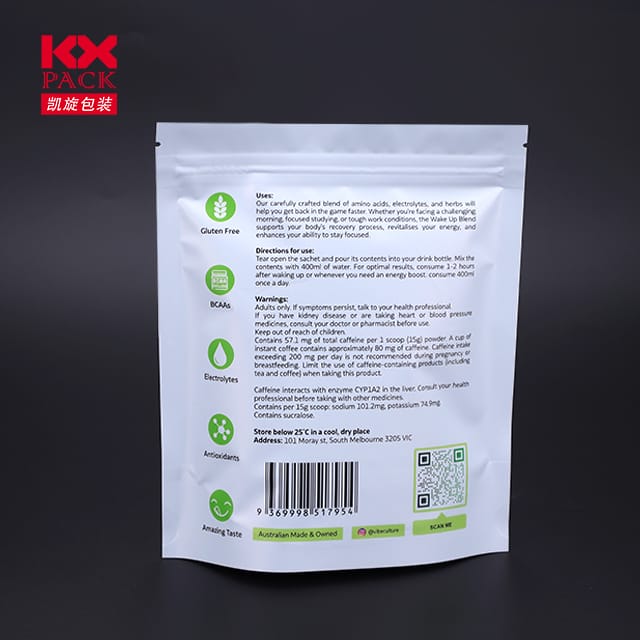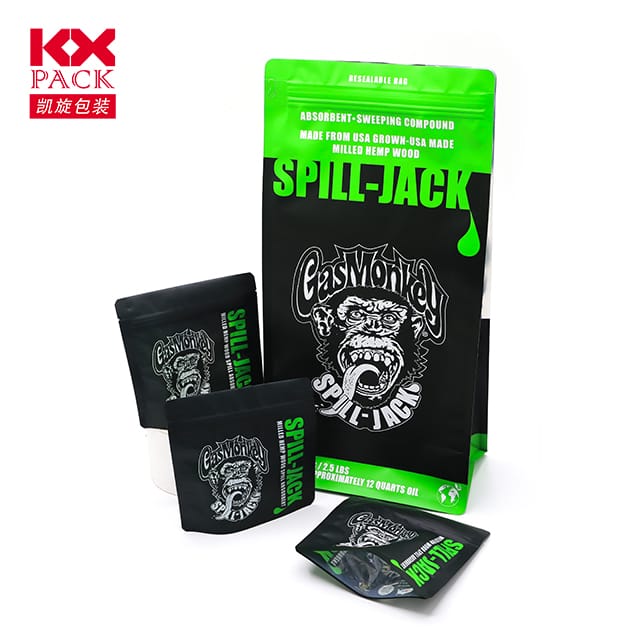Ewolucja i przyszłość plastikowej folii opakowaniowej: Równoważenie innowacji i zrównoważonego rozwoju
Film opakowania z tworzywa sztucznego
Plastic packaging film is ubiquitous in modern life, owijanie wszystkiego, od świeżych produktów po elektronikę, Ochrona towarów podczas tranzytu, i przedłużanie życia przydatności. Już, Jego wygoda została zbadana ze względu na obawy dotyczące środowiska. Ponieważ branże i konsumenci coraz bardziej priorytetowo traktują zrównoważony rozwój, Przyszłość plastikowego opakowania opiera się na innowacjach, Odpowiedzialny projekt, and a shift toward circular economies. Let’s explore the current landscape, wyzwania, and emerging solutions in the world of plastic packaging film.
1. The Role of Plastic Packaging Film in Modern Industry
Plastic packaging film serves critical functions across industries:
- Ochrona: Barrier properties (NP., tlen, wilgoć, or UV resistance) zachować świeżość żywności, zmniejszenie ilości odpadów, and ensure product safety.
- Opłacalność: Lightweight and flexible, plastic films lower shipping costs and material usage compared to alternatives like glass or metal.
- Wszechstronność: From shrink wraps and cling films to laminated pouches and stretch films, the variety caters to diverse applications.
Jednakże, traditional plastic films, often made from non-renewable fossil fuels like polyethylene (PE) or polypropylene (PP), contribute to pollution when discarded improperly. Plastiki jednorazowego użytku, zwłaszcza, have become a symbol of environmental neglect, prompting urgent calls for change.
2. Environmental Challenges: The Wake-Up Call
The drawbacks of conventional plastic packaging film are well-documented:
- Zanieczyszczenie: Mismanaged plastic waste ends up in oceans, rivers, and landfills, where it persists for centuries.
- Mikroplastyka: Fragmentation of plastic films leads to microplastic pollution, postawianie ryzyka dla ekosystemów i zdrowia ludzkiego.
- Resource Intensity: Production relies heavily on finite fossil fuels, exacerbating carbon emissions and climate change.
These issues have spurred regulatory actions, such as bans on single-use plastics in many countries, and a growing consumer demand for eco-friendly alternatives.
3. Innovations Driving Sustainable Solutions
The packaging industry is responding with transformative technologies and materials:
- Folie biodegradowalne i kompostowalne: Made from renewable resources like corn starch (PLA), algae, or cassava, these films break down naturally in industrial composting facilities. Jednakże, Wyzwania pozostają, such as ensuring proper disposal infrastructure and avoiding contamination with non-compostable waste.
- Treści z recyklingu: Using post-consumer recycled (PCR) plastics reduces reliance on virgin materials. Advances in recycling technologies, like chemical recycling, are improving the quality and recyclability of mixed plastics.
- Bio-Based Polymers: Films derived from agricultural waste or biomass (NP., polietylen na bazie trzciny cukrowej) offer a lower carbon footprint while maintaining performance.
- Folie jadalne i rozpuszczalne w wodzie: Innovations like seaweed-based edible wrappers or PVA (polyvinyl alcohol) films that dissolve in water eliminate waste entirely for certain applications.
4. Inteligentne opakowanie: Adding Value Beyond Protection
Modern plastic films are also becoming “smarter” to enhance functionality and reduce waste:
- Aktywne opakowanie: Films embedded with antioxidants, antimicrobial agents, or oxygen scavengers extend product freshness, reducing food spoilage.
- Intelligent Labels: Kody QR, Tagi RFID, or temperature-sensitive inks provide traceability, Środki przeciwdziałające receptom, or real-time shelf-life monitoring.
- Lekka: Rozcieńczalnik, high-performance films reduce material use without compromising strength, lowering both costs and environmental impact.
5. Droga przed nami: Collaboration and Circularity
For plastic packaging film to truly evolve, stakeholders must collaborate:
- Industry Partnerships: Marki, producenci, and recyclers must work together to design films that are easier to recycle or compost.
- Policy Support: Governments can incentivize R&D in sustainable materials and mandate recycled content in packaging.
- Edukacja konsumencka: Encouraging proper disposal and recycling habits is critical to closing the loop.
- Modele gospodarki o zakładzie: Adopting “design for recycling” principles and expanding reuse systems (NP., refillable packaging) can minimize waste.
Wniosek
Plastic packaging film isn’t going away anytime soon—its benefits are too significant to ignore. Jednakże, the industry must evolve to prioritize sustainability without sacrificing functionality. Obejmując biodegradowalne materiały, recycling innovations, i inteligentny design, we can create packaging that protects both products and the planet.
The future of plastic packaging film lies in balance: innovation that meets consumer needs while respecting ecological limits. As consumers, businesses, and policymakers, we all have a role to play in shaping this future.
What’s your take on plastic packaging? Share your thoughts or sustainable packaging hacks in the comments! 🌍📦






